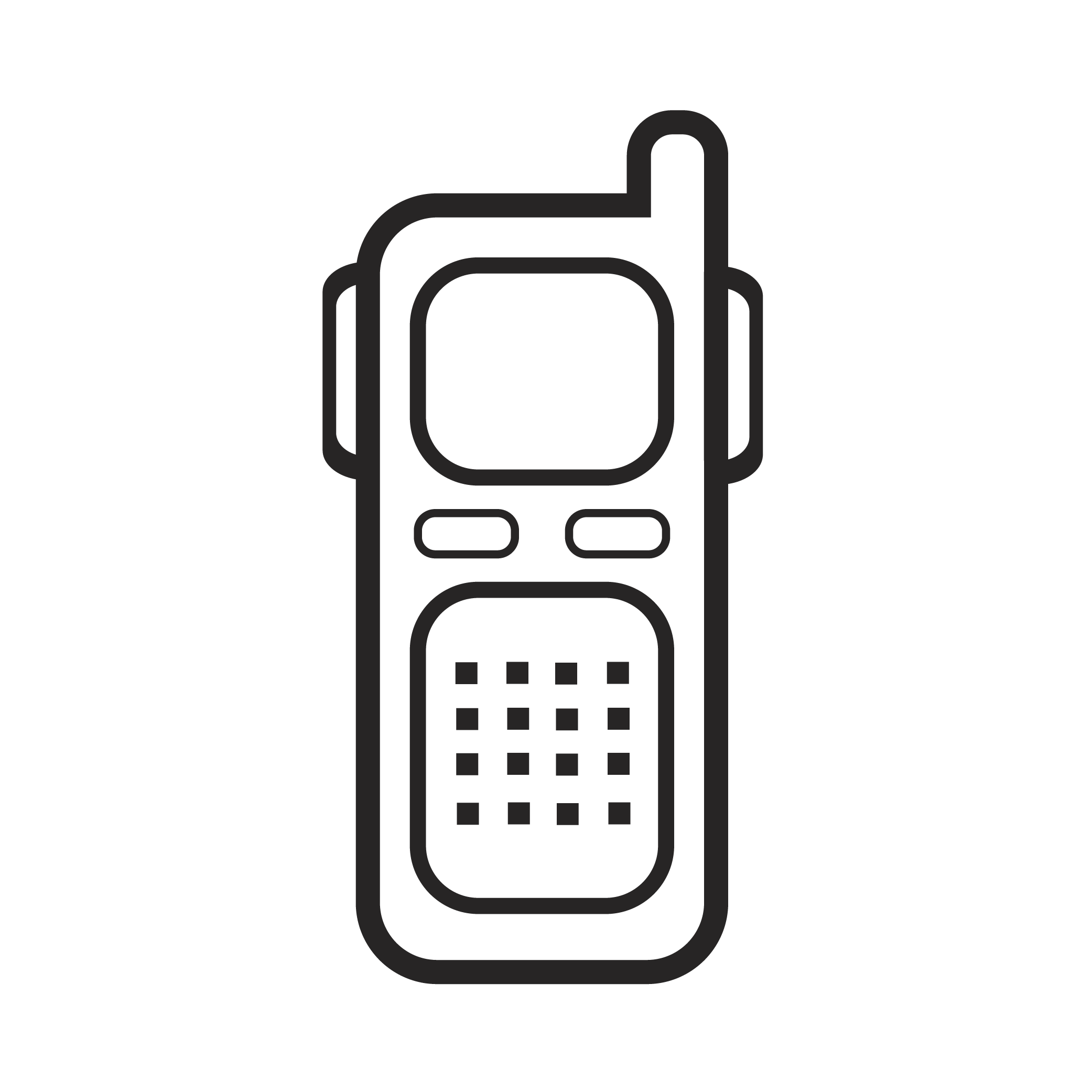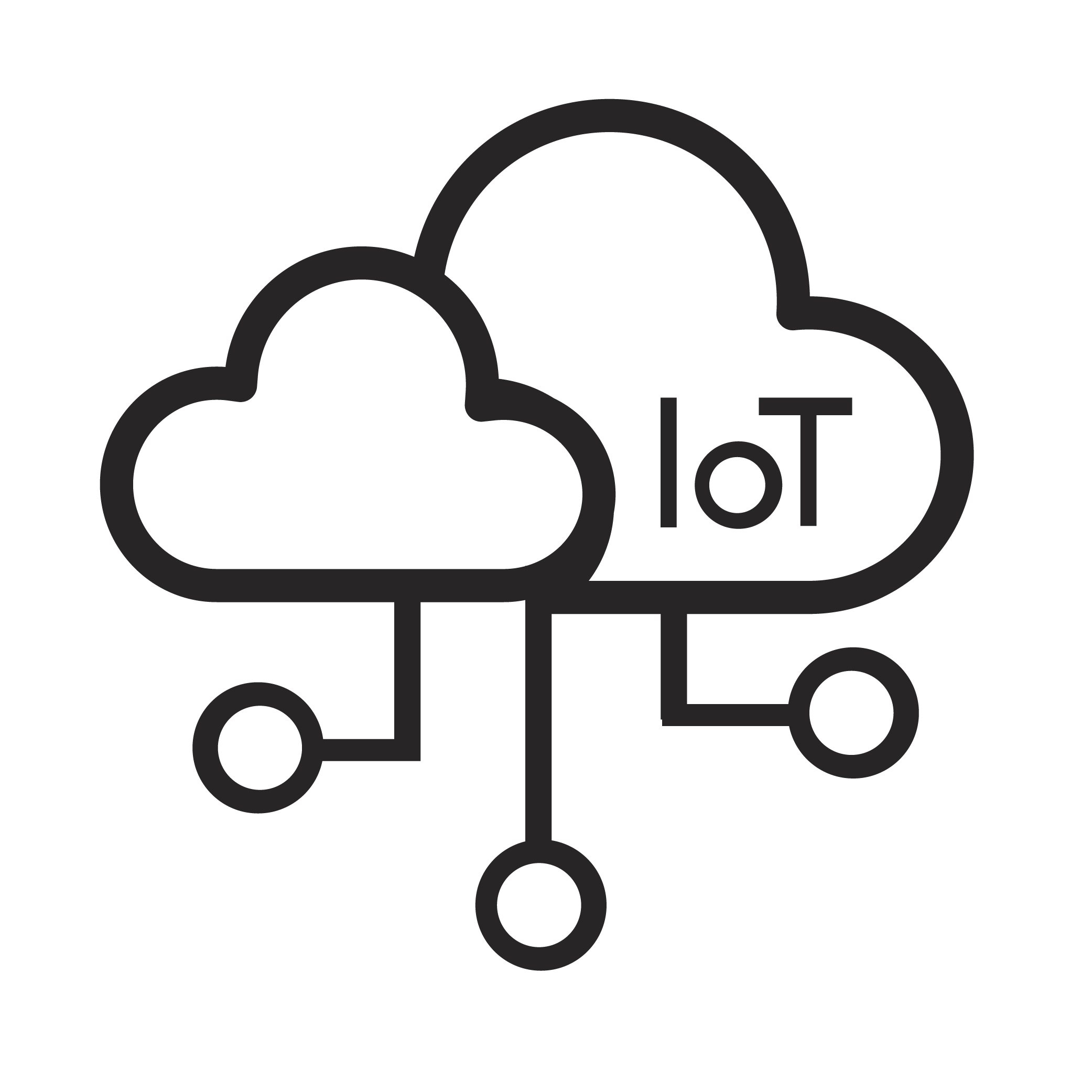Cellular networks refer to mobile networks and provide high-capacity coverage over a wide area. The cellular connection is facilitated by cellular towers. The more cell towers a specific area has, the faster and more reliable the network will be. The speed at which the cellular network operates depends on the connection – 3G, 4G, and 5G. Of course, better network connections result in faster data and download.
When it comes to cellular In-building wireless coverage the technologies being considered would fall into two more significant categories: either distributed antenna systems (DAS) or small cells. Distributed Antenna Systems (DAS) are the most common method selected by operators to achieve In-building wireless coverage and capacity. Distributed Antenna Systems (DAS) offer exceptional value for a variety of enterprise applications.
Most Trusted
Solution Provider
Reliable cellular communications have become an essential part of everyday life and work, no matter where you are. What we rely on to get reliable cellular communication is to receive a strong enough transmitted signal from the fundamental DAS infrastructure. DAS infrastructure is made of multiple connected components that together bring unobstructed RF signals indoors. The head-end is largely seen as the hub of the DAS and connects to a base transceiver station (BTS) or bi-directional amplifier (BDA) with a donor antenna (outdoor antenna), which is a transmitter of cellular signal to a BTS. In a modular DAS, the head-end can support many interchangeable frequency bands and is typically placed in a “telecom closet” or the deep recesses of a building where it isn’t visible.
The most common types of DAS are active and passive. Check out their difference to discover what RF components are required to build the best cellular connectivity network for your property.

Passive
DAS
Buildings with passive DAS design use :
- Coaxial cables
- Splitters
- Taps
- Couplers
When technicians design a passive DAS system, they must calculate equal power output at each antenna. Though the system is low maintenance system and easy to install, it is difficult to build a precise network. For instance, the longer your cables are, the weaker the connection may be.

Active
DAS
Active DAS designs use a series of antennas to redistribute cell signals throughout a building. The signal is captured by an antenna on top of the building and transmitted via ethernet cables and fibre optics. Active Distributed Antenna Systems use fiber optic cable to distribute signal between a centralized signal source and “remote nodes” placed around a building. Components include of the following:
- Signal Sources
- POI Tray
- Head-End Unit
- Radio Units
- Fiber Optic Cables.

Small
Cell
Small cells are essentially what the name implies – small versions of macro cell sites, including a base station, radio, and antennas, usually combined into a single physical unit.
Unlike an Active or Passive Distributed Antenna System (DAS), Small Cells don’t require a signal source to connect back to the macro cell network. Instead, they generate their own cellular signals and communicate back to the service provider over a broadband internet connection.
Bridge Component’s small cell antennas are Incredibly made compact form factor and clean appearance designed to meet your requirements and Rugged and durable material applied for harsh environments.
Learn about other
Solutions we offer
Sign up for the latest insights, delivered right to your inbox
About Bridge
Manufacturer and supplier of high power and passive qualified RF and microwave equipment for signal enhancement infrastructure with factories located in China and Taiwan produce high-quality products to meet all customer needs.
Applications
Quick Links
Contact Info
Phone: +886-4-23832365
sales@bridgecomponets.com





